Ask AI on The Internet
Question: One of your HR peers has approached you for advice regarding classroom setting/design. Identify and explain in detail, making us, in your own words, at least six (6) different classroom settings in which training and development initiatives can be applied. (18 marks
Certainly! Designing an effective classroom setting is vital for ensuring that training and development initiatives are successful. Here are six different classroom settings that can be utilized, each explained in detail: 1. **Traditional Classroom Setting**: - **Description**: This is the most common form of a classroom setting where learners sit in rows facing the instructor. - **Application**: - Effective for lectures, presentations, and any learning primarily driven by instructor-led discussions. - Ideal for scenarios where knowledge transfer from the instructor to the learners is the main objective. - Promotes focused attention on the instructor but can limit interaction between students. 2. **U-Shaped Classroom Setting**: - **Description**: Desks and tables are arranged in a U-shape, with the open end facing the instructor. - **Application**: - Encourages interaction not only between the instructor and learners but also among learners themselves. - Suitable for discussions, group activities, and scenarios that require high engagement. - Facilitates a moderate level of collaboration while maintaining the instructor’s ability to manage and control the session. 3. **Cluster Classroom Setting**: - **Description**: Desks and tables are arranged into small groups or clusters, allowing learners to face each other. - **Application**: - Highly effective for group work, collaborative projects, and brainstorming sessions. - Promotes peer learning, teamwork, and interactive problem-solving. - Ideal for workshops, soft skills training, and activities that benefit from hands-on practice and active participation. 4. **Conference Room Setting**: - **Description**: A boardroom or conference room setup with participants seated around a central table. - **Application**: - Best suited for meetings, executive training, small group discussions, and decision-making workshops. - Encourages open dialogue and equal participation among all attendees. - Supports a professional, structured, and focused environment, conducive for strategy sessions or leadership training. 5. **Virtual Classroom Setting**: - **Description**: An online learning environment where participants connect remotely using digital platforms. - **Application**: - Provides flexibility and accessibility, allowing learners to join from different locations. - Effective for distance learning, e-learning courses, webinars, and blended learning approaches. - Utilizes tools like video conferencing, interactive whiteboards, and collaborative software to facilitate communication and learning. 6. **Experiential Classroom Setting**: - **Description**: A dynamic setup designed to simulate real-world environments for practical learning. - **Application**: - Suitable for hands-on training, role-playing, simulations, and field-based learning experiences. - Effective for vocational training, emergency response drills, customer service training, and any program where practice under realistic conditions is crucial. - Enhances the ability of learners to directly apply theory to practice, thus increasing retention and competence. Each of these settings can be tailored to fit the specific goals and needs of the training and development initiatives. By carefully selecting the appropriate classroom design, HR professionals can enhance learner engagement, interaction, and ultimately, the effectiveness of their training programs.
Think your answer is better than the AI's? Post it below.
Other Most Relevant Posts:
Question Tags
If you want your question answered by an AI, click here.
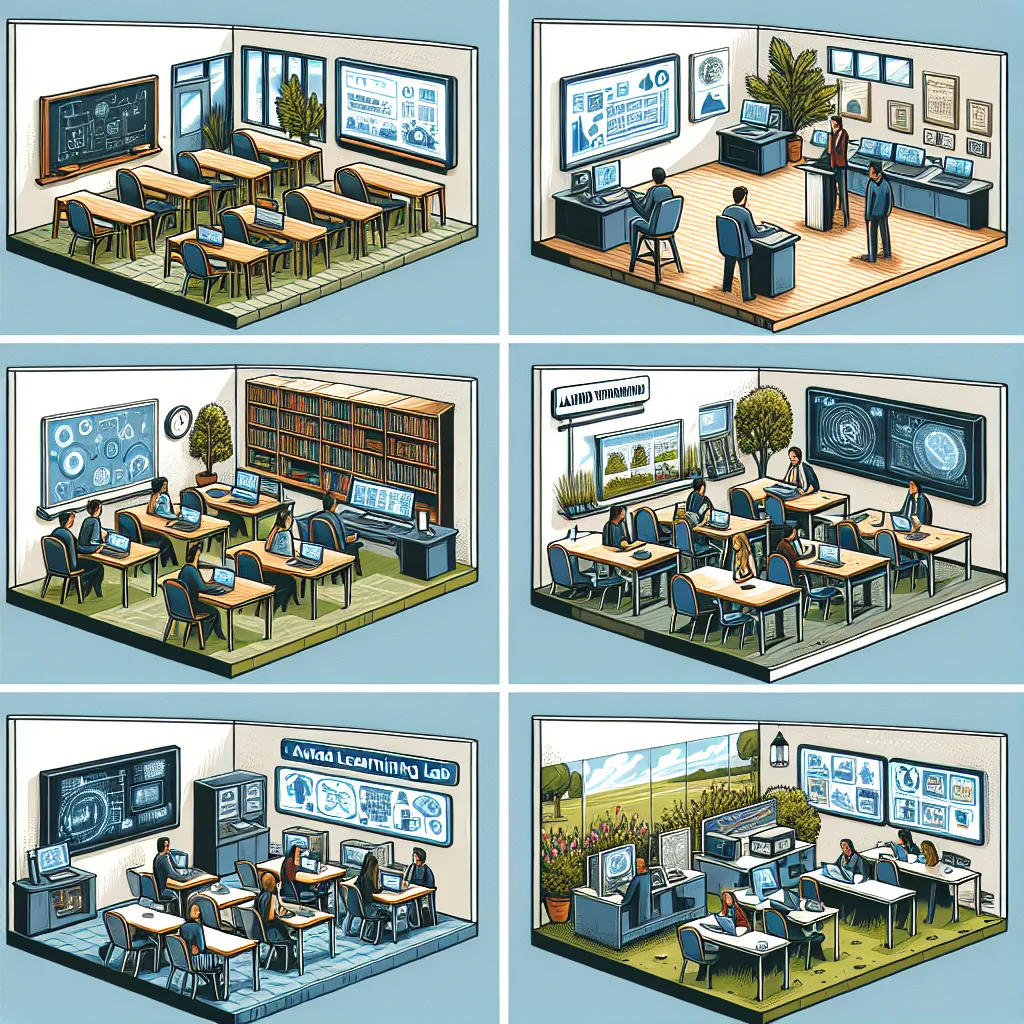
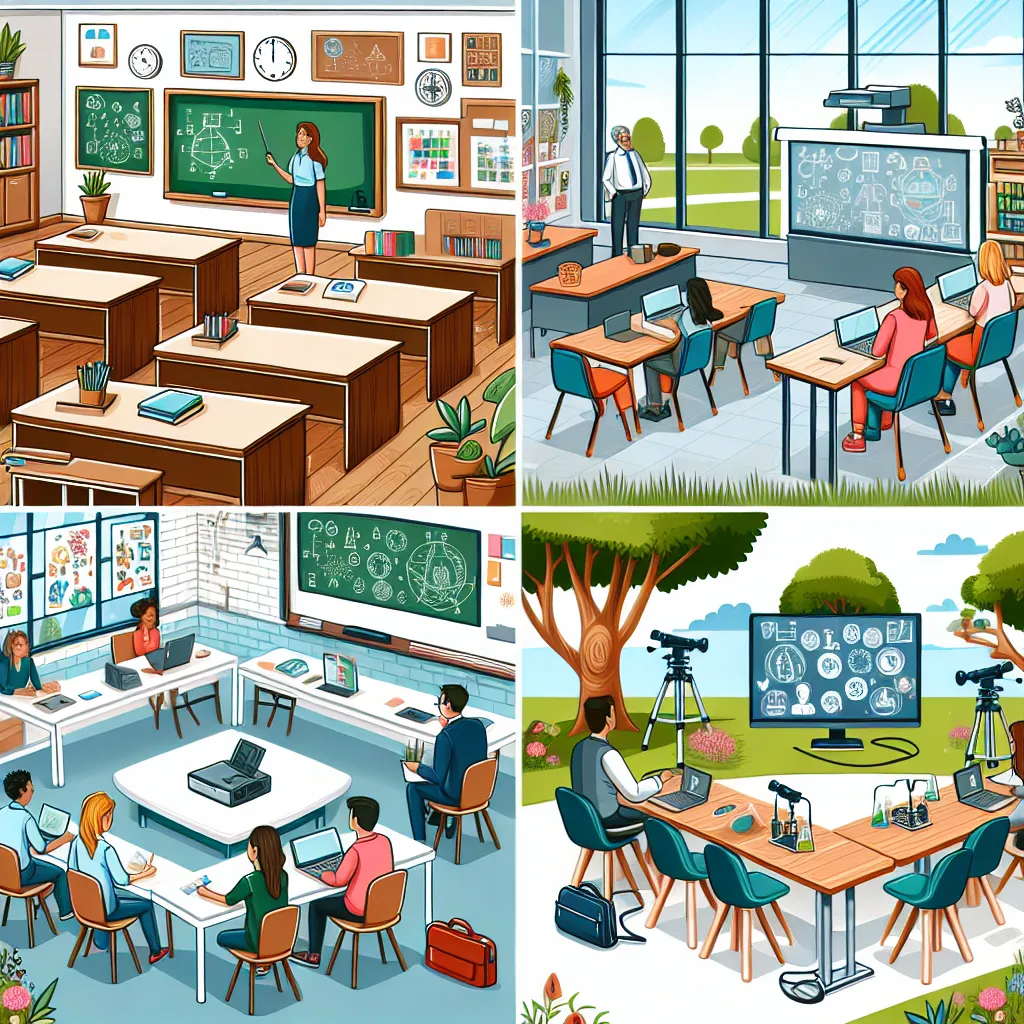

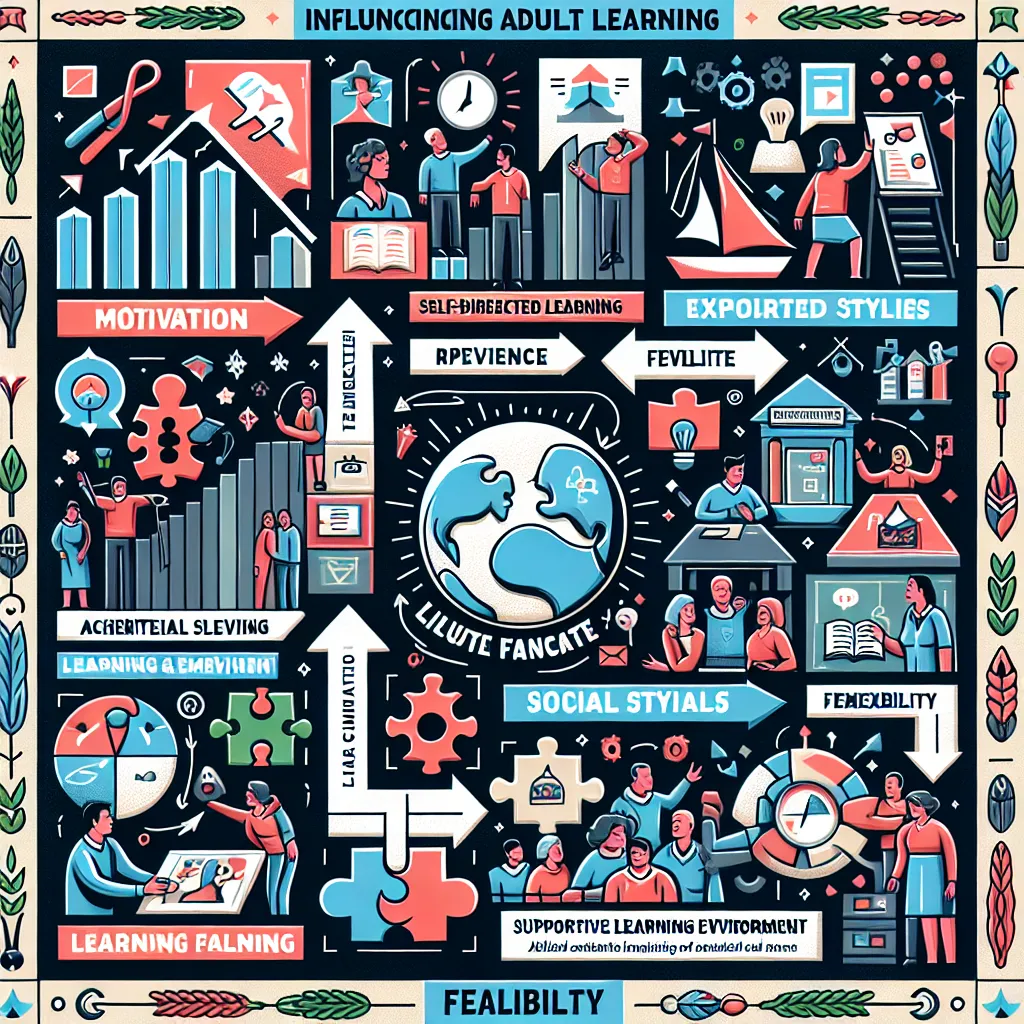
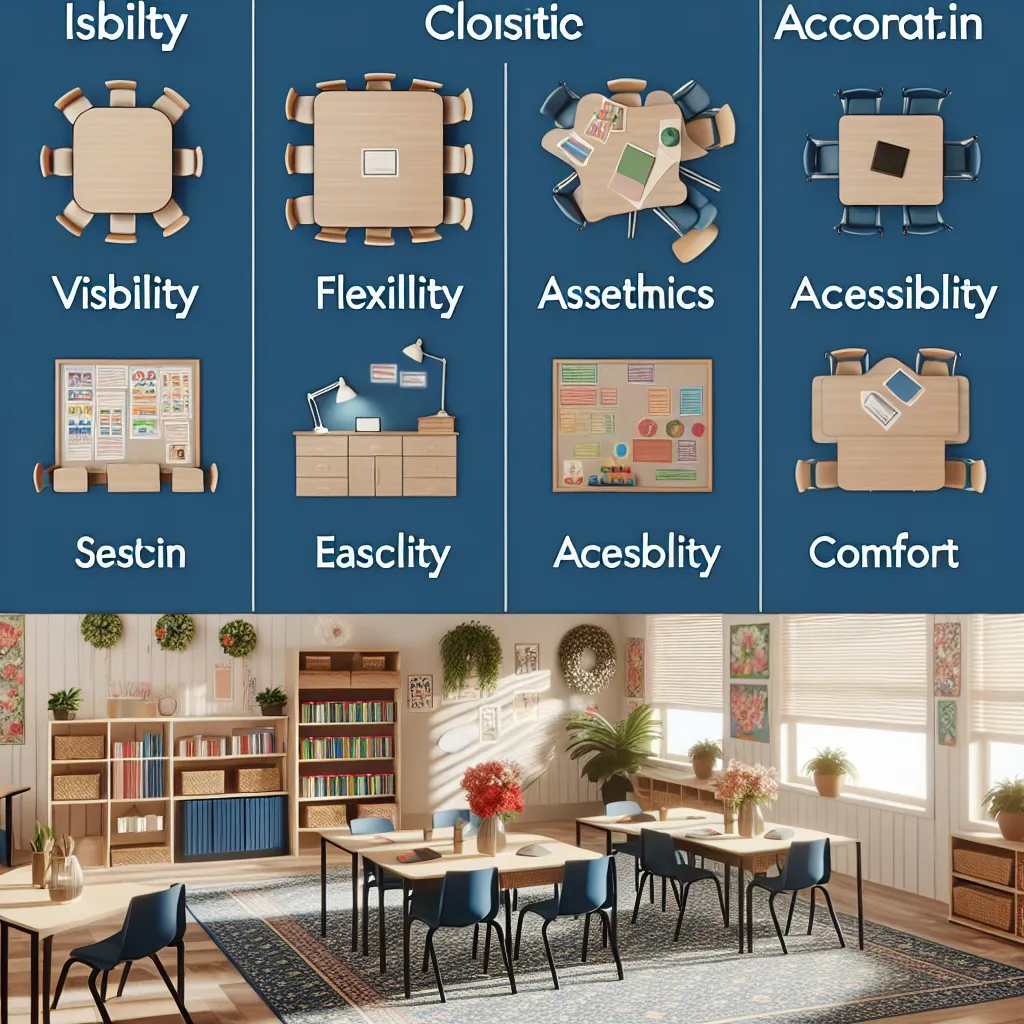
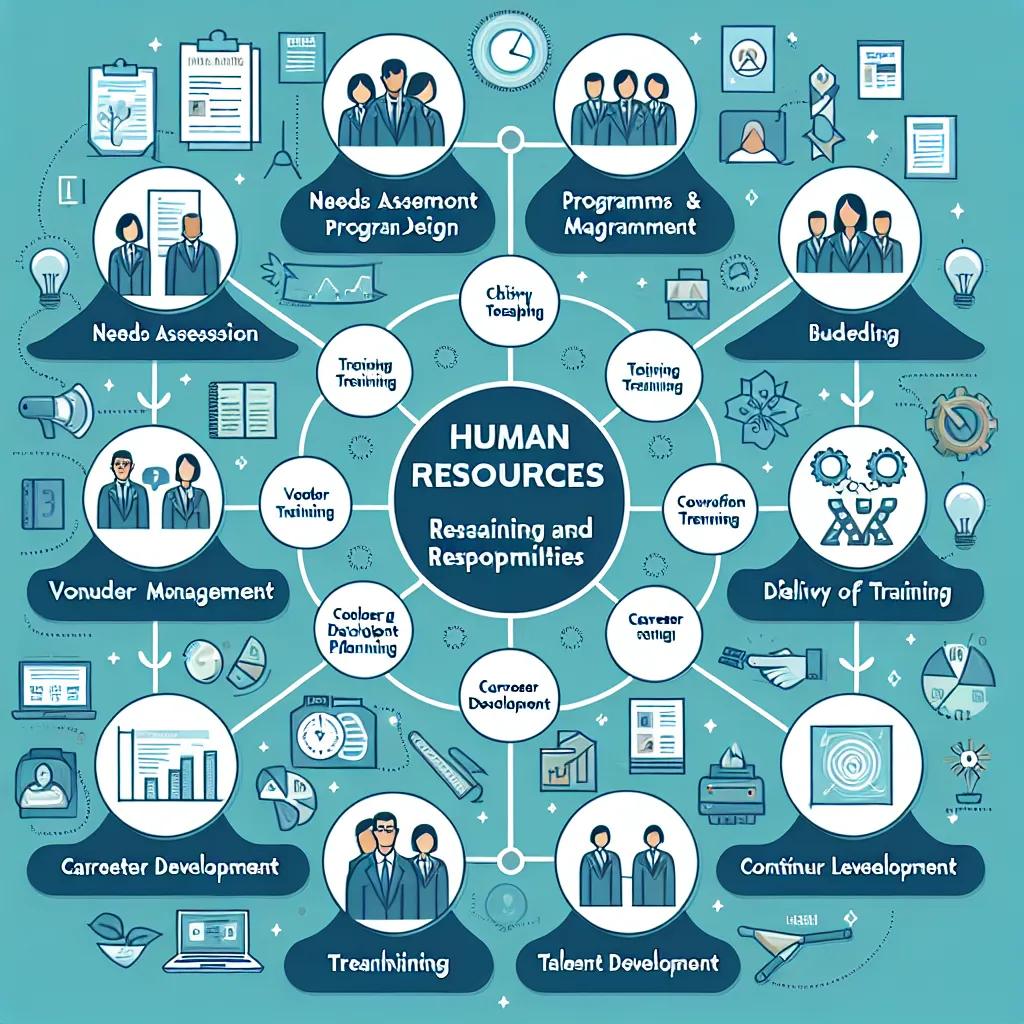

Post your own comment: